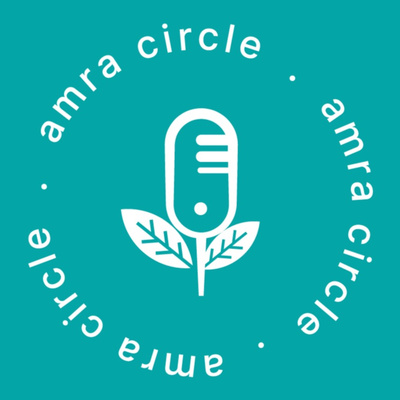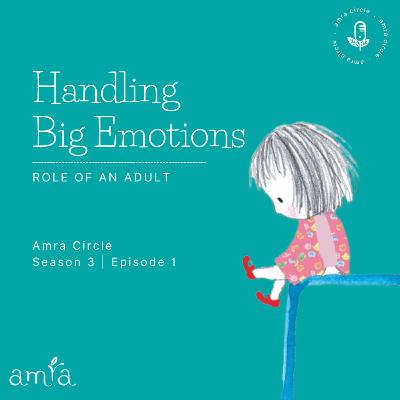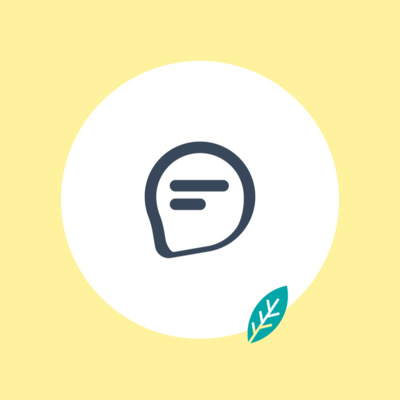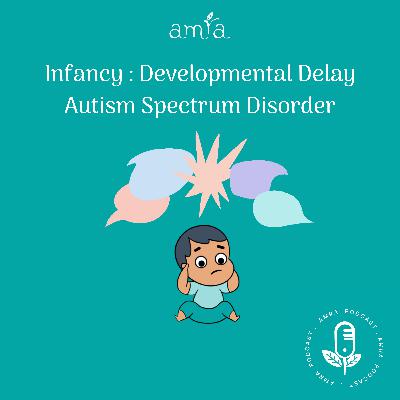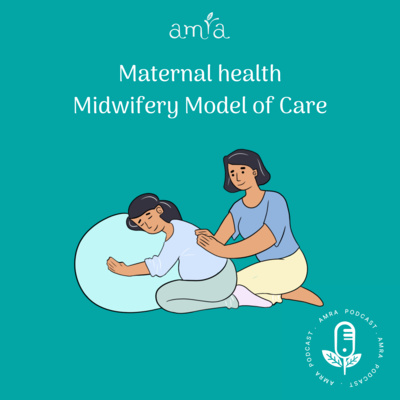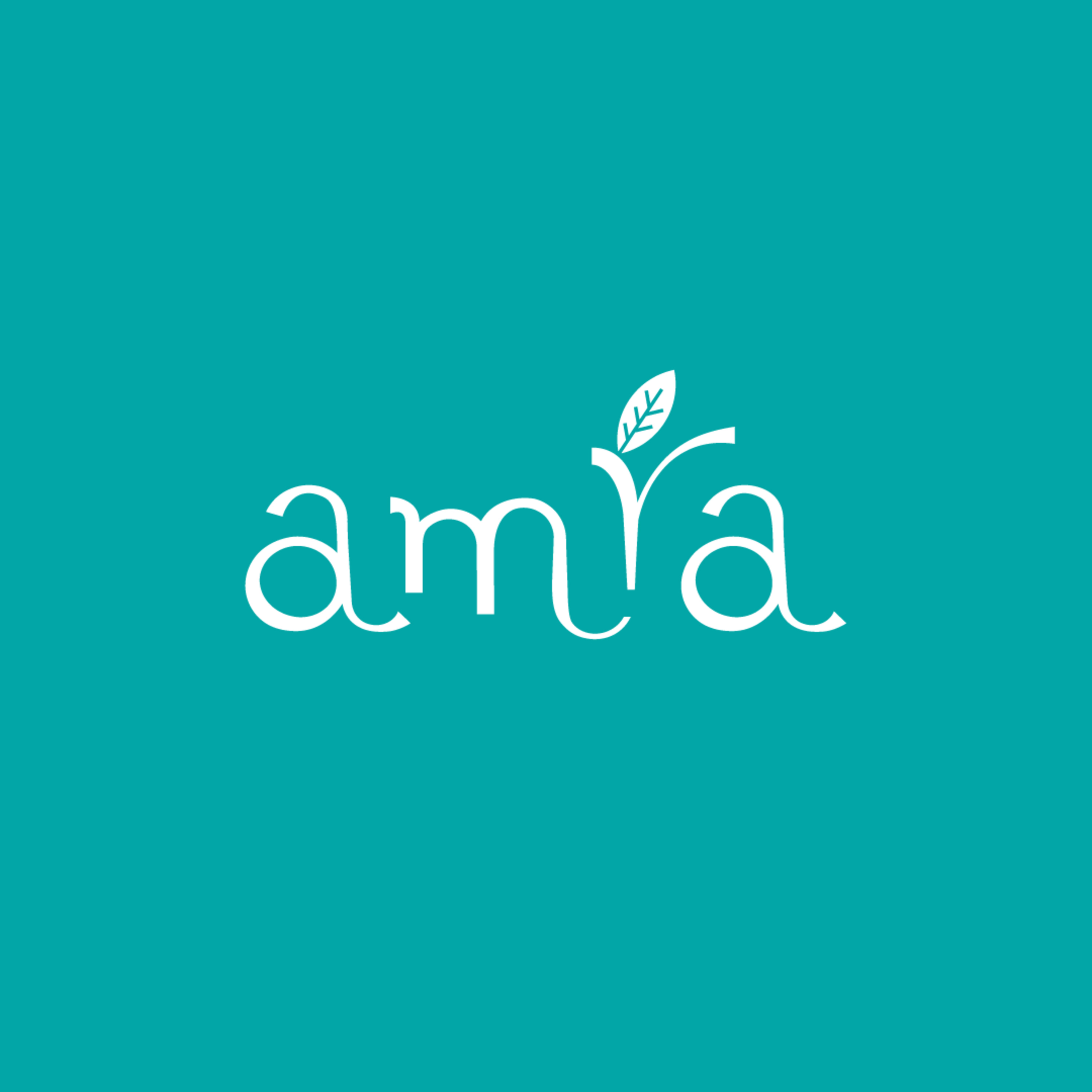Nutrition - Weaning Methods and Division of Responsibility in Feeding
Description
During the growing years between infancy and adolescence, adequate nutrition is of utmost importance. Choosing what and how to feed your baby has life-long effects for your baby and for you. What you have seen and learned about infant feeding from your family, friends, and teachers is likely to influence your attitude and perceptions. Infants typically breastfeed or are given formula the first 6 months Fluids besides these two are not typically recommended. These substitutes, such as milk, juice, and water do not possess what the infant needs to grow and develop, cannot be digested correctly, and have a high risk of being contaminated.
How to wean:
Traditional weaning:
- Purees and “pish pash” from the time the child is 4 or 5 months old.
- Adult uses a spoon to feed, and eventually, the child starts feeding themselves finger food.
- Don’t force-feed. Let your child open their mouth and come towards the food before you put it in their mouth, rather than using various games and distraction techniques to “fill the child up”
Baby Led Weaning
- This is the new kid on the block, many paediatricians in India don’t even favour it.
- The idea is that children learn to chew and swallow, and apparently this is adaptive because the gag reflex is really far forward in the mouth at this age. Whereas if you introduce purees, children learn to swallow before they chew and so when they are working on chewing, the gag reflex is further back in the mouth, which makes it less safe.
- You don’t introduce solids until children can sit up in a tripod position independently. You introduce single foods at a time until you check for allergies
- Introduce a glass to drink water from
- You cut all food into finger food for children to self feed. All food should be of “kaju katli” consistency or softer. Theoretically, children eat what adults eat just cut into larger chunks so they can gnaw on it.
- They begin to eat off a spoon later
- You’ve got to be prepared for children to gag
- Eat with your child to model eating - and this goes for later too. Eat with your child, eating is a social experience and children tend to eat more and more variety when someone is modeling for them.
Whether you wean using baby led weaning or traditional weaning focus on:
- Unsalted food, too much salt is not good for baby
- Focus on savoury foods, not just fruit and sweeter vegetables like pumpkin
- Focus on whole foods, do not introduce processed food or refined sugar
- Family foods and traditional foods are most convenient and best. Introducing a variety of flavours is important.
- By around 9 months, introduce finger food. This does not have to be fancy - cutlets, rotis, idlis, dosas all count as finger food.
- Counterintuitively, introduce allergens early and often, and discuss with paediatrician about course of action for any family history of allergies
Division of responsibility.
Ellyn Sattar’s division of responsibility in feeding:
- Adult decides when, what and where to feed
- Make sure there are meals and snacks
- Make water available throughout the day
- Regulate grazing - some families allow grazing, for some - that doesn’t work. But make sure that children’s “allowed” foods follow the same rules.
- Child decides which food and how much to eat
- Children are great at listening to their bodies, much better than we are. They eat when they are hungry and stop when they are full. And their bodies really tell them what they need. We should not be over-riding their natural hunger and fullness cues.

